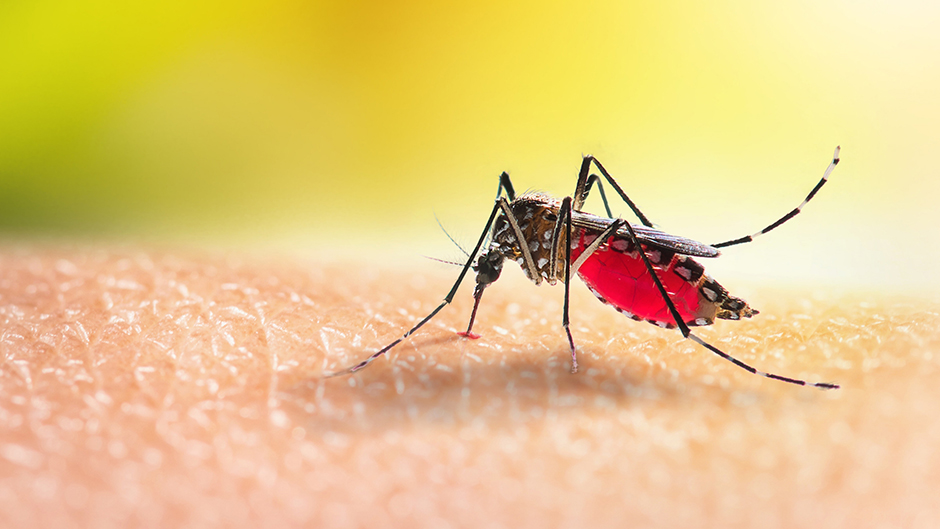Researchers at the University of Miami College of Arts and Sciences are using artificial intelligence (AI) to track mosquito-borne viruses as part of a study that could help public health agencies better predict and respond to these diseases.
Over the last decade, Miami-Dade County has experienced cases of chikungunya, a virus transmitted to humans through mosquito bites that can cause a fever and severe joint pain. The virus is prevalent in some Central and South American countries, and given the mosquito-friendly climate of Miami and its proximity to these areas, chikungunya has the potential to spread in South Florida.
"Although Miami has not experienced large-scale outbreaks recently, there is significant potential for one, given the current severity of chikungunya in Brazil and the considerable number of imported cases reported in Miami from affected countries in recent years," stated Shigui Ruan, the principal investigator and a professor in the Department of Mathematics.
To address this issue, Ruan is working with Xi Huo, an associate professor in the Department of Mathematics, and Han Li, an assistant professor in the Department of Geography & Sustainable Development, to research the transmission, control, and risk assessment of chikungunya. Collaborating alongside colleagues at Indiana University School of Public Health’s Department of Epidemiology and Biostatistics and Nova Southeastern University Halmos College of Arts and Sciences’ Department of Mathematics, they recently received a $500,000 grant from the U.S. National Science Foundation (NSF) for this work.
Using data on mosquito populations in Miami-Dade County and chikungunya data from Brazil, the researchers aim to develop a new method that combines machine learning, a type of AI, with mathematical models to predict changes in mosquito populations, track Miami-Dade County cases back to Brazil, and model how the virus could spread locally. They also hope to gain a better understanding of the risk of chikungunya spreading in Florida as climate change impacts mosquito populations.
The researchers hope their findings will help public health organizations to predict and respond to not just chikungunya, but also other viruses, including dengue, Zika, and yellow fever.
"Climate change and urbanization are likely to impact South Florida’s mosquito populations, potentially heightening the risk of vector-borne disease outbreaks," said Huo. "The projections from our study aim to assist local mosquito control departments in refining their vector control strategies to mitigate these risks and prevent potential disease outbreaks."
So, why use machine learning as opposed to traditional mathematical methods?
“Compared to traditional epidemic models, such as ordinary differential equations models, machine learning may improve the efficiency and accuracy in parameter estimation and data fitting,” explained Li, who is leading the project’s machine learning component. “It also enables the incorporation of more variables, providing a deeper understanding of the environmental impacts, such as climate change, human activity, geographical pattern, and so on.”
The NSF grant is part of the prestigious Emerging Mathematics in Biology program, which was created to support researchers in developing innovative mathematical approaches to investigate challenges faced by public health policymakers.

